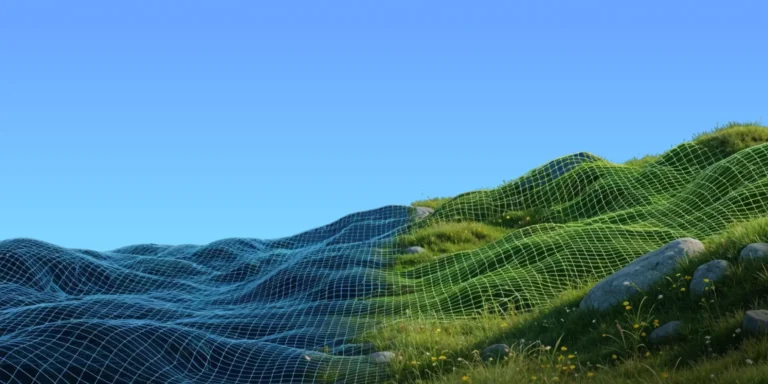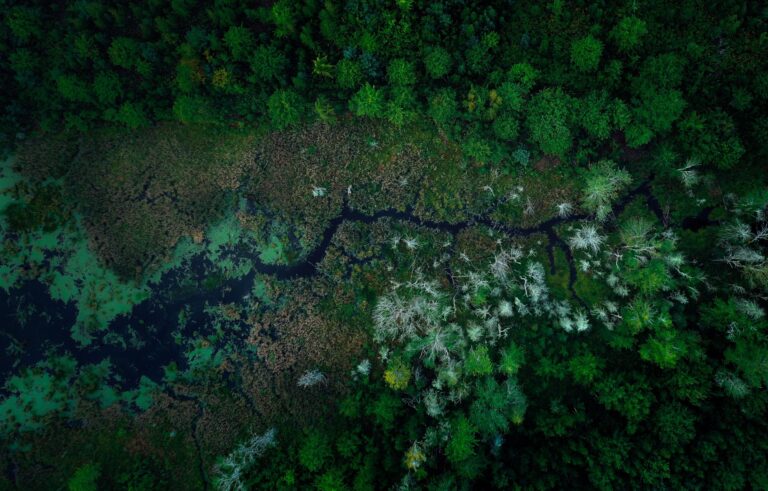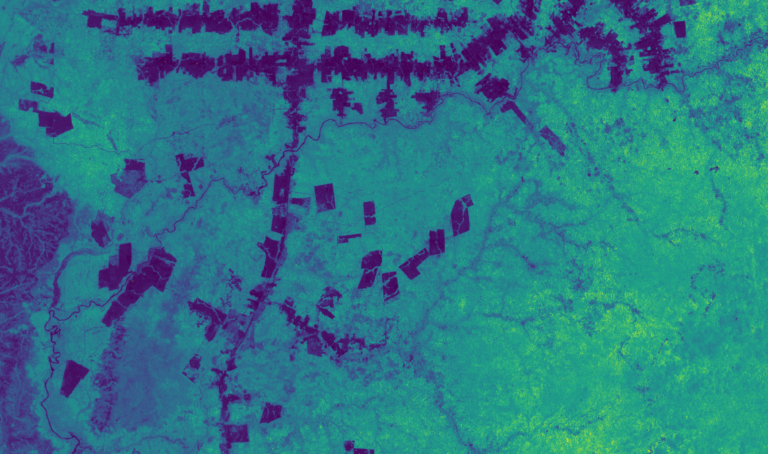The tropical rainforests of Brazil, a vital life source for our planet, are facing an existential threat. Deforestation in Brazil, a significant contributor to this crisis, releases vast amounts of greenhouse gases into the atmosphere and disrupts delicate ecological systems. However, amidst this challenge, a beacon of hope emerges – Brazil’s unique potential for large-scale reforestation presents a powerful solution to combat climate change, restore biodiversity, and create sustainable livelihoods for communities that need them most.
Statistics paint a grim picture. Deforestation in Brazil accounts for a staggering 15% of global greenhouse gas emissions, with nearly half of the country’s emissions originating from forest loss in the Amazon. Research from the World Wildlife Fund (WWF) highlights the devastating impact on biodiversity, showing a decline of over 60% in wildlife populations since the 1970s. Despite Brazil’s commitment under the Paris Agreement to restore 12 million hectares, a comprehensive solution remains elusive.
But Brazil possesses inherent advantages that make it a prime candidate for large-scale reforestation efforts. Extensive areas of degraded land stand ready for restoration, presenting a lower cost per ton of CO2 removed compared to other solutions, and boasting faster growth rates for new forests.
Financing is emerging, but it must be channeled wisely. Leading companies recognize the tremendous potential of investing in reforestation efforts in Brazil, not only for the meaningful climate impacts, but for the additional benefits of providing well-paying jobs, restoring fragmented ecosystems, and protecting biodiversity. But, to deliver on the full potential, investors and offtakers must strategically channel financing toward reforestation efforts that combine rigorous implementation, deep community engagement, and innovative technology to assess the impact of these efforts across the project lifetime.
What does the next generation of reforestation projects look like?
1. Science-Driven Implemefntation
The cornerstone of permanent-scale restoration lies in a rigorously scientific approach. Experts in ecological restoration understand the importance of re-establishing functional secondary forests that are fully integrated with nearby land use and focused on achieving the recovery of native ecosystems. Trusted players apply models and restoration techniques capable of recovering the structure, composition, and ecological processes.
Good indications of leading players are those with expertise in ecological restoration and biodiversity, a deep understanding of the local region, and research partnerships with leading institutions.
2. Community Engagement
Community engagement is another crucial element. Partnering with local communities fosters a sense of ownership and generates income opportunities, promoting a thriving local bioeconomy. True community engagement practices may begin with assessing local knowledge gaps to inform robust training programs that empower individuals to become seed collectors, manage nurseries, or contribute directly to restoration efforts.
3. Native Species
Native species hold immense significance. Companies like re.green, whose founders developed Bioflora, one of the main nurseries for native species in the Atlantic forest, exemplify this commitment. Over the past 30 years, Bioflora has produced over 30 million seedlings supporting the restoration of thousands of hectares. This nursery also has the potential to expand capacity from 3 million seedlings per year to 10 million. Bioflora also embraces cutting-edge technology, serving as a hub for research and development initiatives focused on native timber species.
“Native species are the foundation of robust ecological restoration. But reforestation efforts with lasting impact must go beyond planting native trees. We believe in deep partnership with local communities, training seed collectors and nurseries to become essential contributors to the restoration process”
– Fernando Visser, Director of Business Development, re.green
4. Innovative Technology
Geospatial technology plays a critical role in supporting reforestation efforts. By harnessing the combination of satellite data and artificial intelligence, companies investing in nature can have confidence in the climate outcomes delivered by these projects. These innovative tools help:
- Identify land suitable for reforestation: Innovative new tools are streamlining historically cumbersome processes to meet registry requirements and optimize project design. By uploading a project boundary, project developers can now rapidly reveal eligible land (e.g. land classification, burn area, or preexisting vegetation).
- Project future credits: Project developers and investors can now forecast credit issuance with far more confidence, harnessing geospatial tools to estimate a project’s expected forest growth, baseline, and leakage.
- Monitor project success: Ongoing satellite-based observation can help track a project’s forest growth over time to ensure durable carbon removal and allow proponents to take action early if risks are identified.
- Prepare for credit issuance: Advancements in canopy height maps can now deliver issuance-ready calculations of a project’s carbon removal, dynamic baseline, and leakage in compliance with core registry methodologies.
“By harnessing the latest advancements in artificial intelligence and widely available geospatial data, we can build a high-integrity, scalable, and transparent carbon market, renewing confidence in the essential foundation to drive investment toward nature, particularly important for high-potential regions like Brazil.”
– Carlos Silva, Head of R&D, Pachama
How can you take action?
The urgency of action is undeniable, and Brazil’s potential for large-scale reforestation is vast. Collaboration between science-driven implementation partners and technology providers is key to unlocking this potential and maximizing impact. Companies seeking high-quality projects in their early stages should explore initiatives that combine these efforts, like the Amazon Îpe Restoration, a model example of this collaborative approach.
Building a Sustainable Future Together
Forest restoration goes beyond climate change mitigation. It promotes biodiversity, strengthens ecosystem services, and creates sustainable livelihoods for local communities. By embracing the power of science, technology, and local knowledge, we can transform Brazil from a deforestation hotspot into a global leader in reforestation with an economy whose success is intertwined with its natural abundance. With collective action, we can build a future where healthy forests thrive and contribute to a sustainable planet for generations to come.






